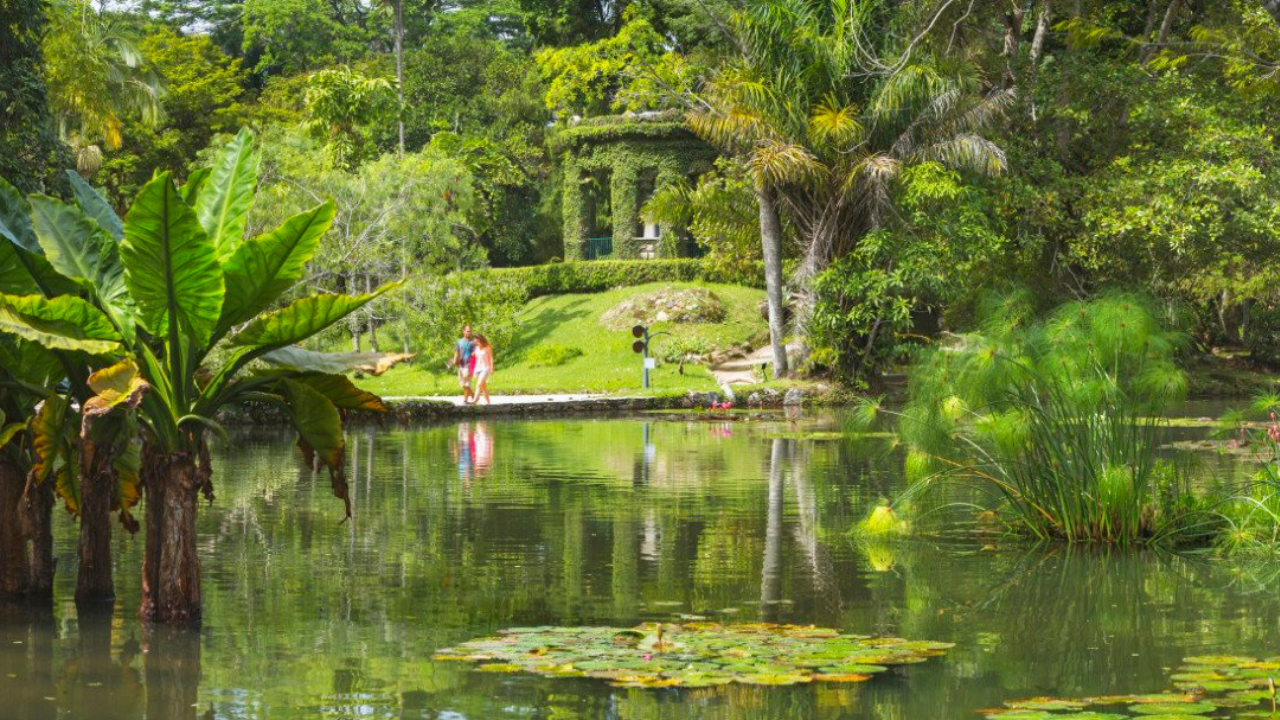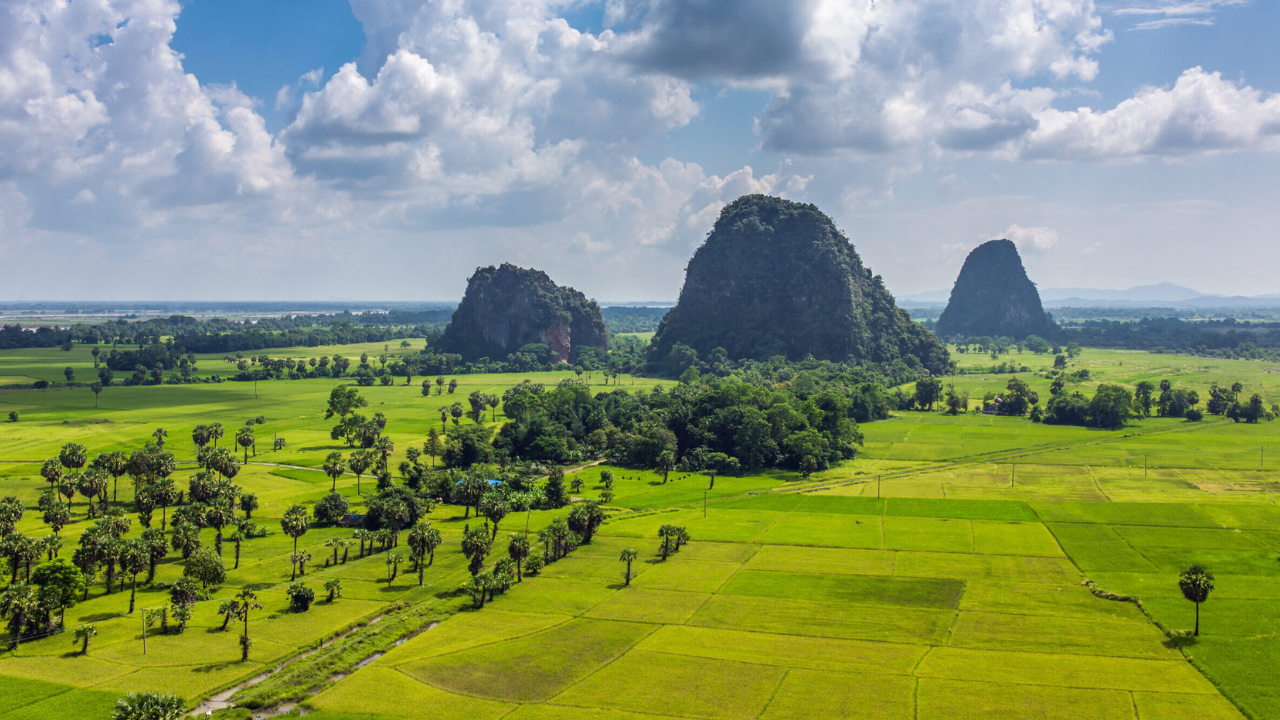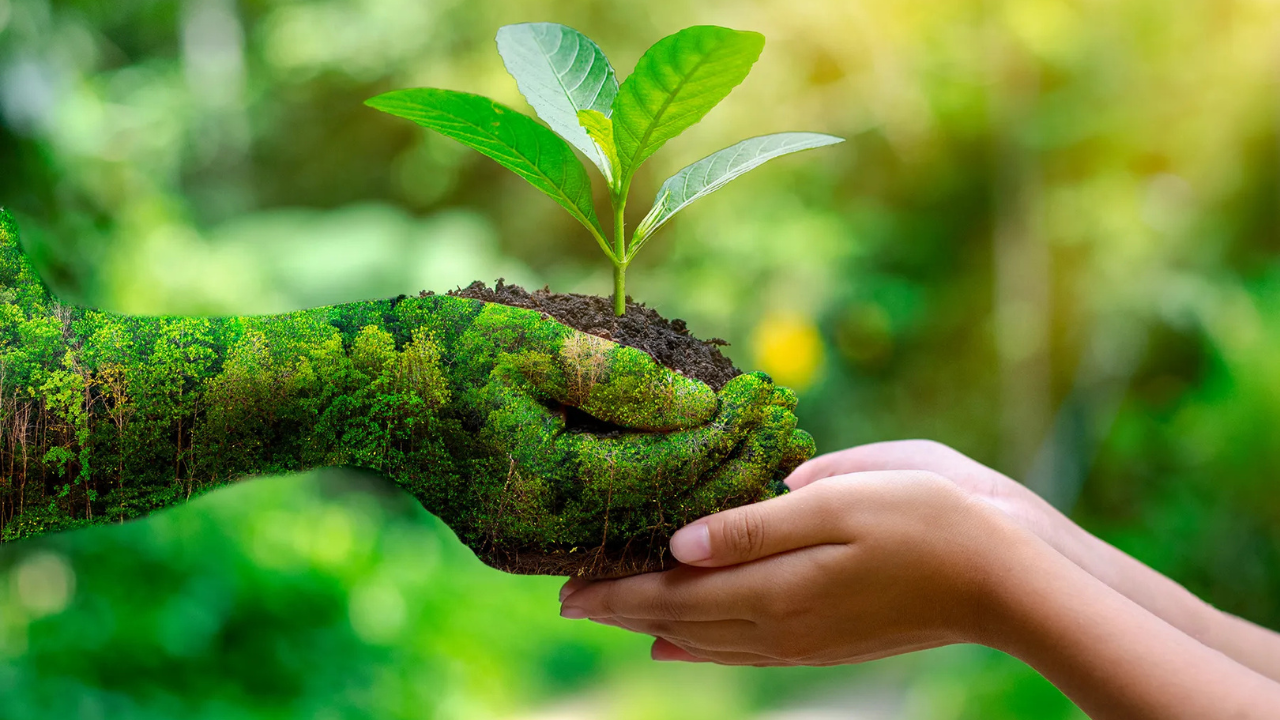
Peru Approves New Innovative Environmental Policies: A Step Forward for Forest Conservation and Woodland Exploration
Introduction: A New Dawn for Peru’s Natural Heritage
On April 4, 2025, Peru stands at a pivotal moment in its environmental history. The Peruvian government has recently approved a series of innovative environmental policies aimed at safeguarding its unparalleled natural landscapes, from the dense Amazon rainforests to the rugged Andean woodlands. These policies, heralded as a bold step toward sustainability, promise to reshape how the nation balances economic development with ecological preservation. For nature enthusiasts, conservationists, and adventurers alike, this is a call to celebrate—and explore—the wild heart of Peru.
This article delves into the details of these groundbreaking policies, their implications for forest conservation, and how they enhance opportunities for woodland exploration, nature photography, and seasonal activities. Whether you’re a fitness buff seeking wellness in Peru’s pristine woodlands or a wildlife spotter eager to identify rare species, these changes signal a brighter future for Peru’s ecosystems and those who cherish them.
The Context: Peru’s Environmental Legacy
Peru is a global treasure trove of biodiversity. Home to over 70% of the world’s ecosystems, it boasts the Amazon rainforest, coastal deserts, and Andean highlands—all teeming with life. The country harbors more than 1,800 bird species, 500 mammals, and countless plants, many of which are endemic. Yet, this natural wealth has long been under threat. Deforestation, driven by agriculture, illegal logging, and mining, has claimed vast swathes of forest cover. In the Madre de Dios region alone, gold mining has scarred landscapes, replacing vibrant woodlands with barren wastelands.
Historically, Peru’s environmental policies have struggled to keep pace with these challenges. Despite international commitments—like the 2014 forest protection deal with Norway and Germany—deforestation rates have soared, with studies estimating a loss of over 3.7 million hectares of tropical forest in recent years. The tension between economic growth and conservation has often tipped in favor of resource extraction, leaving conservationists and indigenous communities calling for stronger action.
Enter 2025: a year of transformation. The Peruvian Ministry of Environment (MINAM) has introduced a suite of policies that aim to reverse these trends, protect woodlands, and invite the world to experience Peru’s natural wonders responsibly.
The New Policies: What’s Changing?
The cornerstone of Peru’s new environmental framework is the Decreto Supremo n.° 004-2025-MINAM, published on April 2, 2025. This decree establishes the Public Environmental Baseline (Línea Base Ambiental Pública), a tool designed to streamline environmental management. But this is just one piece of a broader puzzle. Here’s a breakdown of the key initiatives:
- Enhanced Forest Conservation Measures
The policies prioritize the protection of primary forests, particularly in the Amazon and Andean regions. New regulations restrict land-use changes in areas designated as high-biodiversity zones, curbing the conversion of forests into agricultural or mining sites. This builds on existing programs like REDD+ (Reducing Emissions from Deforestation and Forest Degradation), which now receive increased funding and oversight. - Payments for Ecosystem Services (PES)
Peru is expanding its innovative PES framework, first introduced in 2016. Communities and landowners who preserve forests and watersheds will receive financial incentives, funded partly by public investment and international partners. Over $30 million has already been allocated to secure water supplies for cities like Lima through watershed conservation—a model now scaling nationwide. - Biodiversity Offsets and No-Net-Loss Rules
For industries like mining and infrastructure, the policies mandate biodiversity offsets to ensure no net loss of ecological value. If a project disrupts a woodland ecosystem, companies must restore or protect an equivalent area elsewhere, guided by strict scientific criteria. - Sustainable Woodland Management
The National Forestry and Climate Change Strategy adopts a “production-protection” approach. This encourages sustainable land use on already-cleared areas while safeguarding intact forests, reducing pressure on virgin woodlands and promoting agroforestry systems. - Community and Indigenous Empowerment
Indigenous groups, who steward over a third of Peru’s forests, gain stronger legal protections and decision-making roles. The policies recognize their traditional knowledge in tree and plant identification, ensuring their voices shape conservation efforts.
These measures align with global commitments, including the Paris Agreement and the European Union Deforestation Regulation (EUDR), positioning Peru as a leader in nature-based solutions.
Forest Conservation: A Win for Nature and People
The implications for forest conservation are profound. By targeting the root causes of deforestation—such as illegal logging and unregulated agriculture—the policies aim to stabilize Peru’s forest cover. Secondary forests, which naturally regenerate after disturbance, will benefit from protections that allow them to mature into carbon sinks and biodiversity havens. Research from Ecology and Society highlights how these forests, alongside agroforestry and plantations, provide critical ecosystem services like water regulation and soil stability.
For example, in the Amazonian lowlands, secondary forests improve rainfall infiltration and flood prevention—vital in a region prone to climatic extremes. In the dry coastal woodlands, where 55% of Peru’s population resides, reforestation efforts promise to combat desertification. Meanwhile, the Andean highlands, a biodiversity hotspot, will see enhanced protection for species like the spectacled bear and mountain tapir, whose seed dispersal sustains forest ecosystems.
These efforts aren’t just ecological—they’re economic. By incentivizing sustainable practices, Peru is fostering livelihoods that depend on healthy woodlands, from ecotourism to non-timber forest products like Brazil nuts and medicinal plants. For fitness and wellness enthusiasts, this means more opportunities to hike, camp, and find solace in nature without compromising its integrity.
Woodland Exploration: A Playground for Adventurers
Peru’s woodlands have always been a magnet for explorers, and these policies amplify their allure. Imagine trekking through the Tambopata National Reserve, where jaguars roam and macaws paint the sky in vivid hues. Or camping in the Huánuco cloud forests, where mist clings to ancient trees and the air hums with life. These experiences are now more accessible—and sustainable—than ever.
The policies encourage ecotourism by expanding protected areas and improving infrastructure like trails and ranger stations. Seasonal woodland activities, such as birdwatching during the wet season (November to April) or plant identification in the dry months (May to October), gain a boost from clearer conservation guidelines. For instance, the Cordillera Azul National Park, which has avoided losing 64,000 hectares of forest over the past decade, is poised to become a flagship destination for woodland exploration.
Fitness buffs will find endless trails to conquer, from the steep Andean slopes to the flat Amazonian expanses. The physical challenge of navigating these terrains pairs perfectly with the mental wellness derived from immersion in nature—a synergy Peru’s policies aim to preserve.
Nature Photography: Capturing Peru’s Wild Soul
For nature photographers, Peru’s woodlands are a canvas of endless possibilities. The new policies ensure that iconic scenes—like the sun filtering through a ceiba tree’s canopy or a hummingbird sipping nectar from an orchid—remain intact for future lenses. Protected areas like the Mar Tropical de Grau Marine National Reserve and the Tamshiyacu-Tahuayo reserve offer pristine backdrops for wildlife spotting and macro photography.
The biodiversity offsets mean that even areas near development projects will retain their photographic potential. Picture the contrast of a restored woodland against a rugged mining scar—a testament to human ingenuity and nature’s resilience. Seasonal shifts add another layer: the wet season’s lush greens versus the dry season’s golden tones provide diverse palettes for creative expression.
Tree & Plant Identification: A Living Classroom
Peru’s woodlands are a botanist’s dream, and the policies enhance opportunities for tree and plant identification. With over 20,000 plant species, including towering mahogany trees and delicate Andean orchids, the country offers a living classroom for enthusiasts. The sustainable management focus ensures that species like Cedrela montana, a timber tree found above 1,500 meters, thrive alongside agroforestry staples like cacao and coffee.
Indigenous communities, empowered by these policies, are key partners in this endeavor. Their knowledge of medicinal plants and forest ecology—passed down through generations—enriches guided tours and conservation workshops. For visitors, this means hands-on learning, from spotting a quinua tree in the highlands to identifying a shihuahuaco in the Amazon.
Wildlife Spotting: A Thriving Menagerie
Peru’s wildlife is as diverse as its landscapes, and the policies bolster habitats for iconic species. The Amazon’s pink river dolphins, the Andean condor soaring above craggy peaks, and the elusive puma stalking through woodlands—all benefit from expanded protections. The “production-protection” approach minimizes habitat fragmentation, allowing animals to roam freely across connected ecosystems.
For wildlife spotters, this translates to richer experiences. The dry forests of Piura, despite losing 15,000–40,000 hectares annually, could see a resurgence of species like the Peruvian plantcutter. Meanwhile, the Amazon’s protected zones promise sightings of tapirs, giant otters, and harpy eagles—rarities that define Peru’s wild allure.
Challenges Ahead: Implementation and Beyond
While the policies inspire optimism, challenges loom. Implementation at the regional level remains uncertain, especially in remote areas where lawlessness persists. The new administration’s focus on economic growth could clash with conservation goals, and funding gaps may hinder ambitious projects. Critics also warn that loopholes—like the controversial “anti-forest law” of 2024—could undermine progress if not addressed.
Yet, Peru’s track record offers hope. The success of Cordillera Azul and the resilience of indigenous-led efforts suggest that with political will and global support, these policies can succeed. For adventurers and conservationists, this is a call to action: visit, document, and advocate for Peru’s woodlands.
Conclusion: A Future Worth Exploring
Peru’s new environmental policies mark a turning point—a commitment to preserve its woodlands for generations to come. For forest conservation, they offer a lifeline; for woodland exploration, they open doors; and for nature photography, fitness, and wildlife spotting, they promise unforgettable moments. As the world watches, Peru invites us to witness its transformation—not just as spectators, but as participants in a journey toward sustainability.
So, pack your camera, lace up your boots, and head to Peru. The woodlands are waiting, and they’ve never been more vibrant—or vital.
-
Peru Approves New Innovative Environmental Policies: A Step Forward for Forest Conservation and Woodland Exploration
Spread the loveIntroduction: A New Dawn for Peru’s Natural Heritage On April 4, 2025, Peru stands at a pivotal moment in its environmental history. The Peruvian government has recently approvedContinue readingPeru Approves New Innovative Environmental Policies: A Step Forward for Forest Conservation and Woodland Exploration
-
The Legal Structure for Biodiversity Benefits-Sharing Already Exists in Brazil: Here’s How It Can Serve Communities
Spread the loveBrazil, a nation renowned for its unparalleled biodiversity, has long been a global leader in crafting policies to protect its natural heritage while ensuring equitable benefits for itsContinue readingThe Legal Structure for Biodiversity Benefits-Sharing Already Exists in Brazil: Here’s How It Can Serve Communities
-
China and Brazil’s Joint Commitment to End Illegal Deforestation: Implications for EU, UK, and US Importers
Spread the loveIn April 2023, China and Brazil unveiled a landmark joint commitment to combat illegal deforestation driven by trade, signaling a pivotal shift in global forest conservation efforts. AsContinue readingChina and Brazil’s Joint Commitment to End Illegal Deforestation: Implications for EU, UK, and US Importers
-
FT Fellows: Helping Forest Trends Stay Global and Nimble Since 2000
Spread the loveSince its inception in 2000, Forest Trends has emerged as a global leader in fostering sustainable environmental practices, championing forest conservation, and promoting innovative solutions to preserve theContinue readingFT Fellows: Helping Forest Trends Stay Global and Nimble Since 2000
-
The Return of REDD+ Signals Good News from Bonn: A Renewed Hope for Forest Conservation
Spread the loveOn this March 29, 2025, as spring unfurls its green tendrils across the Northern Hemisphere, a different kind of renewal is stirring in the realm of global climateContinue readingThe Return of REDD+ Signals Good News from Bonn: A Renewed Hope for Forest Conservation
-
Forests Can Help Bridge Pre-2020 Climate Action Gap: A Call to Nature’s Power
Spread the loveWhen the Paris Agreement was signed in 2015, it set a bold vision: limit global warming to well below 2°C, ideally 1.5°C. Yet, the years leading up toContinue readingForests Can Help Bridge Pre-2020 Climate Action Gap: A Call to Nature’s Power
-
Forests Win Big in the Paris Agreement: A Triumph for Nature and Humanity
Spread the loveWhen the Paris Agreement was adopted on December 12, 2015, at COP21, it marked a historic turning point in global climate action. Among its many victories, one standsContinue readingForests Win Big in the Paris Agreement: A Triumph for Nature and Humanity
-
Bonn Climate Talks Make Progress: REDD+ Emerges as the Big Winner in June 2015
Spread the loveIntroduction The Bonn Climate Change Conference in June 2015 marked a critical step forward in global climate negotiations, setting the stage for the historic Paris Agreement later thatContinue readingBonn Climate Talks Make Progress: REDD+ Emerges as the Big Winner in June 2015
-
Andenes y Terrazas: Ingeniería Andina al Servicio del Agua y los Suelos
Spread the loveIntroducción En las majestuosas montañas de los Andes, una de las cordilleras más impresionantes del mundo, se encuentra un legado de ingeniería y agricultura que ha perdurado porContinue readingAndenes y Terrazas: Ingeniería Andina al Servicio del Agua y los Suelos
-
Our Priorities for 2021: A Roadmap for Sustainable Growth and Impact
Spread the loveIntroduction As we step into 2021, the world continues to grapple with unprecedented challenges, from the ongoing COVID-19 pandemic to the escalating climate crisis. In this context, settingContinue readingOur Priorities for 2021: A Roadmap for Sustainable Growth and Impact










Leave a Reply